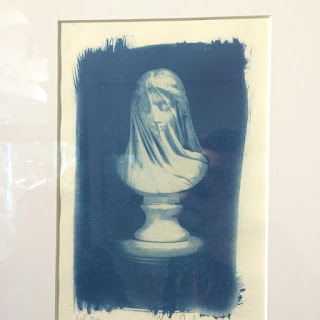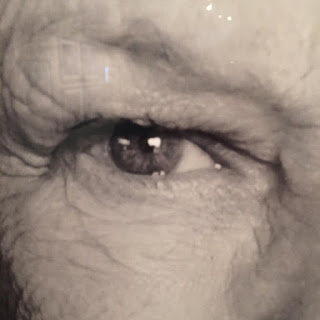On my day off I decided to go into college to do some samples for textiles. I decided I wanted to make my own paper as I had never done this before and wanted to try it to see if I liked it and to see if it would be useful to use within my ongoing project and later projects.
To begin with I filled a tray with Paper Pulp; Paper Pulp is a way of recycling scraps of used paper to make new paper. It includes a combination of shredded paper and water pressed together to make the pulp which does not have a present feel or aperence. It looks like mushed up paper which is basically what it is. After filling a tray half way with paper pulp I then added boiling water which filled the whole tray, this releases the compressed pulp and makes it more free to move around the tray.
After the water had cooled to a temperature that I could come into contact with the my skin I applied something similar to a sin into the water - it was a wooded frame however instead off it having canvas paper attached to it it had a netting material, this made it have the same purpose as a six but in a larger scale. When applying the netting to the water you had to guide it in so that the pulp on the bottom of the tray was brought to the surface.
Once the pulp was floating around on the top of the tray I began to slowly six the pulp so that water was drained from it. I used a rectangular piece of netting however you could use a circular one but I wanted my paper to be a similar shape to a original piece of paper. If the netting was not fully covered with pulp at the thickness I wanted it I would place the netting back underneath the water and with my hands guide the floating pulp onto the netting.
After had covered the netting with the pulp I brought it completely out of the water and onto a dry piece of cloth turning the netting upside down and placing th cloth onto the table. Using a dry sponge I pressed it down on the netting covering the pulp to absorb the water remains, squeezing the sponge each time I had removed the access water from the pulp.
Once I thought as much water had been removed from the pulp I gently removed the netting from it making sure none of the pulp was stuck to the netting. If this did happen I would retreat the process with the sponge to make sure I had removed all the water as this could be the case it was sticking.
after removing the netting completely I had what looked like a wet piece of paper and I need it dry, therefore I left my paper on a drying rack close by until my paper was fully dry.








































